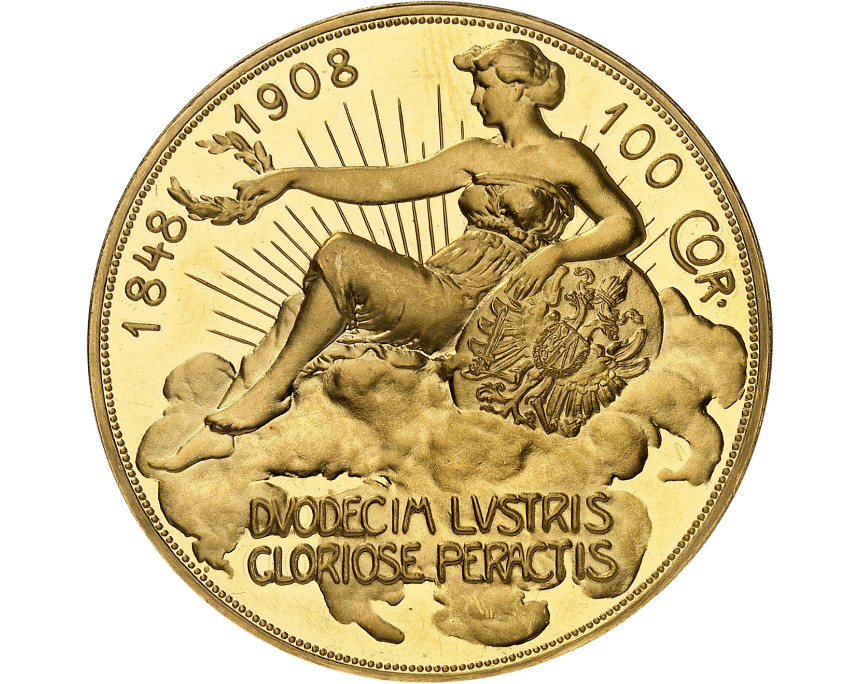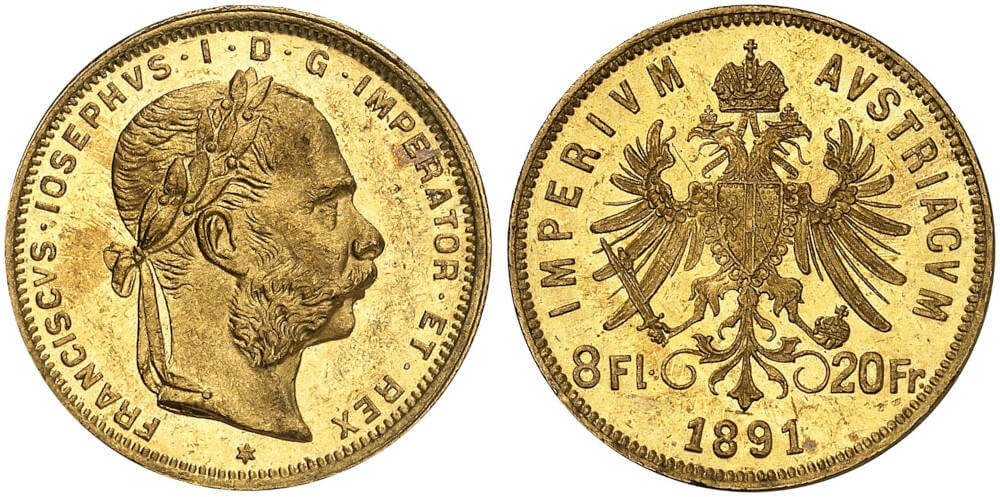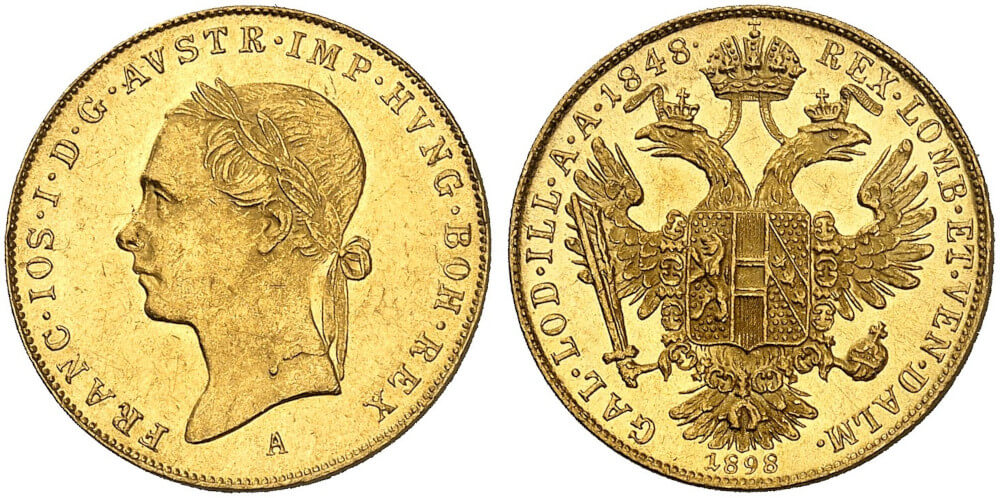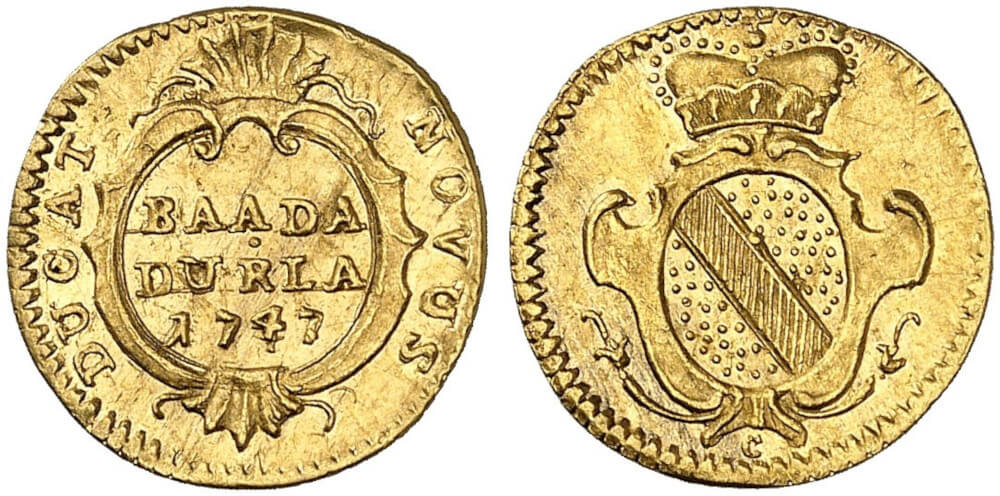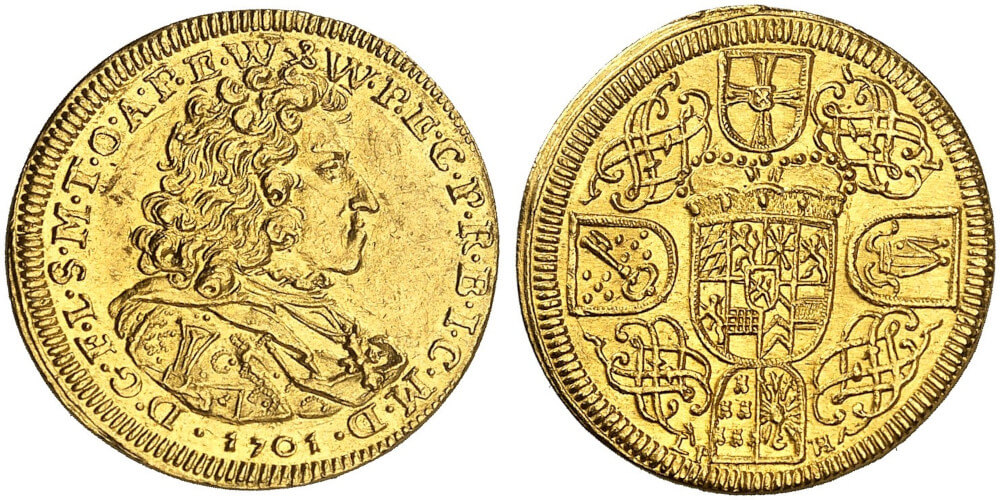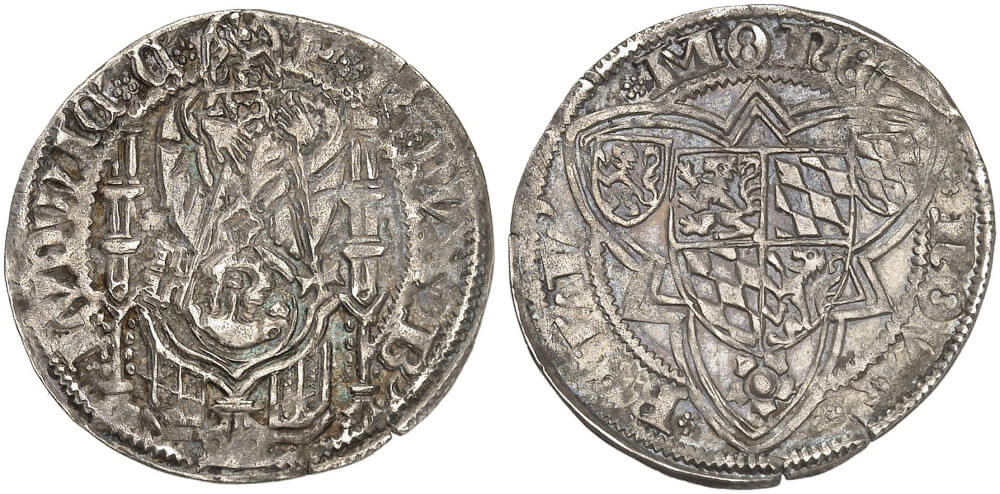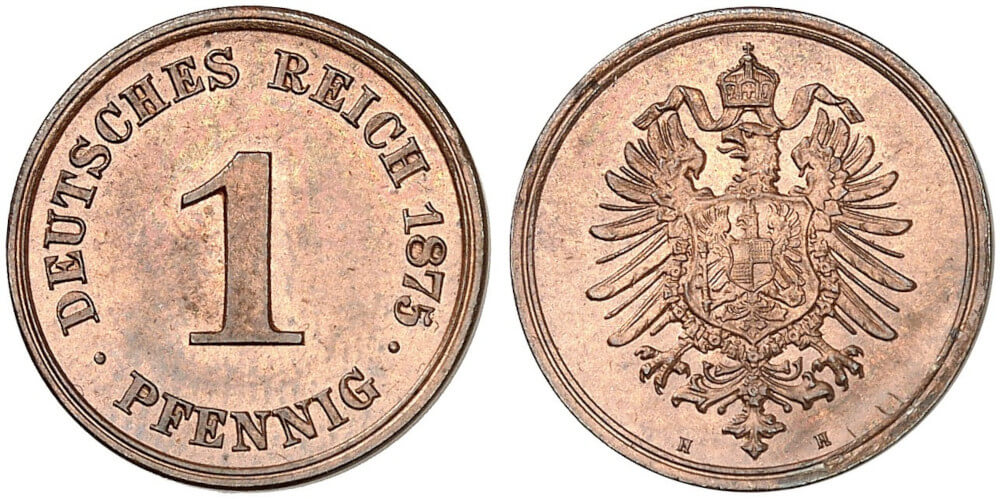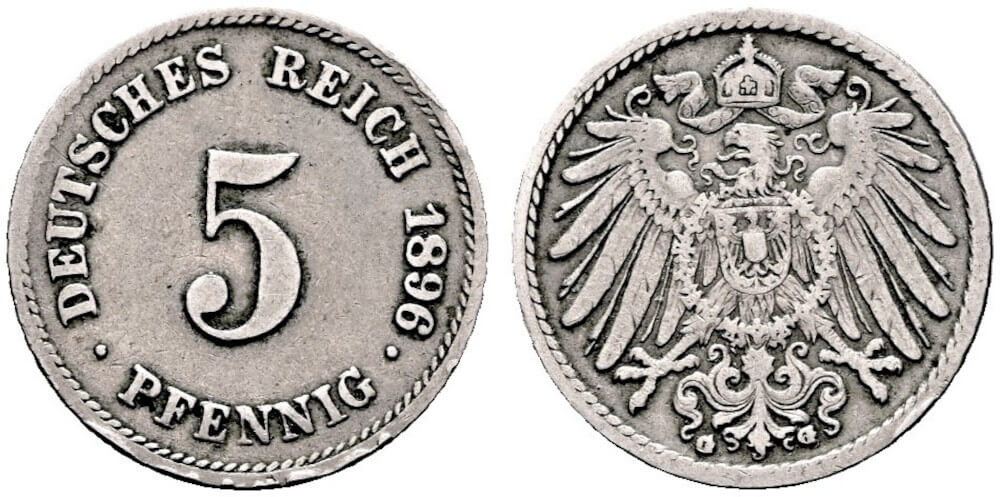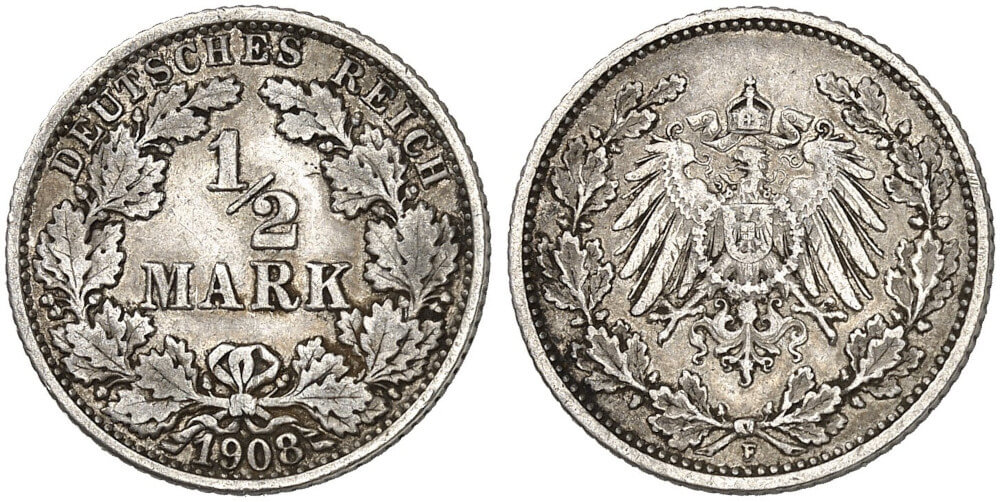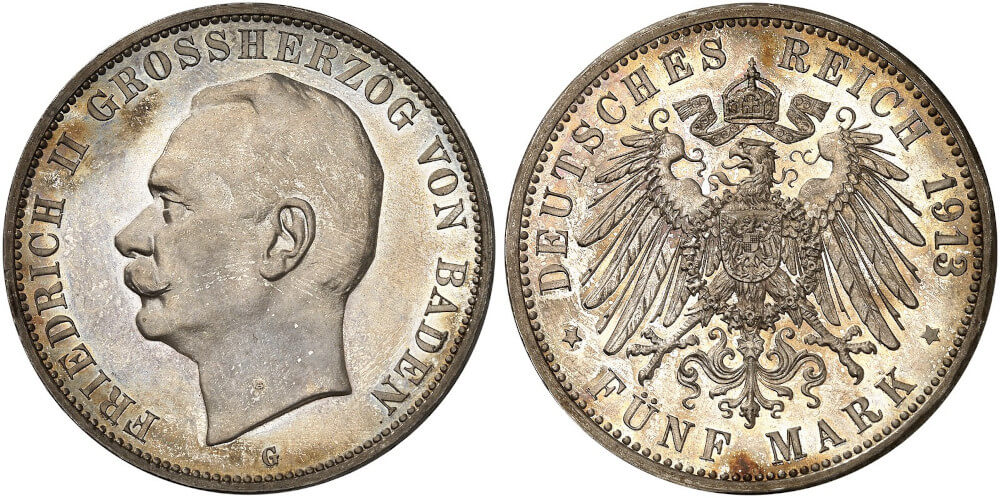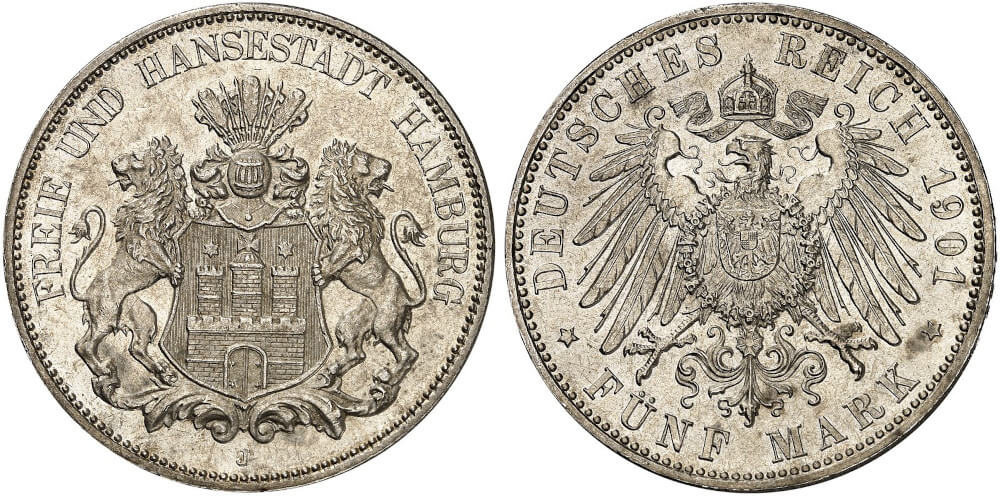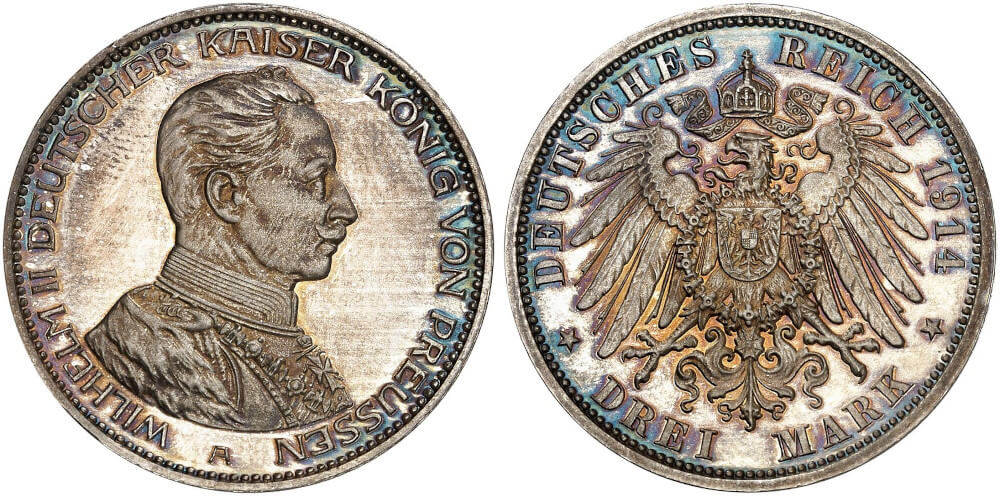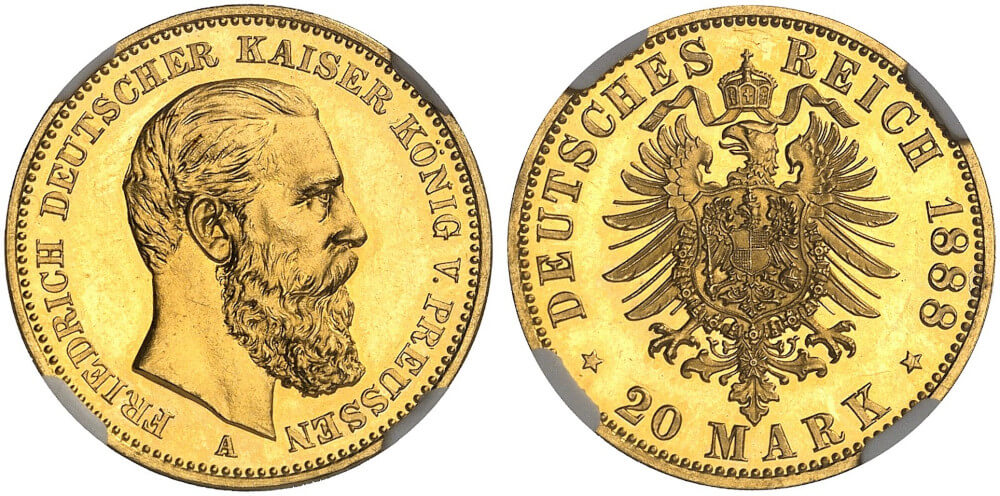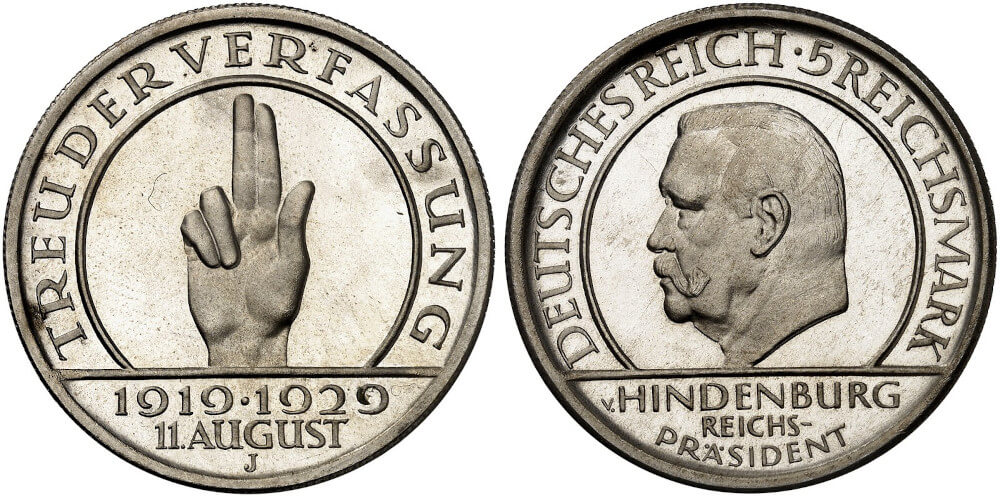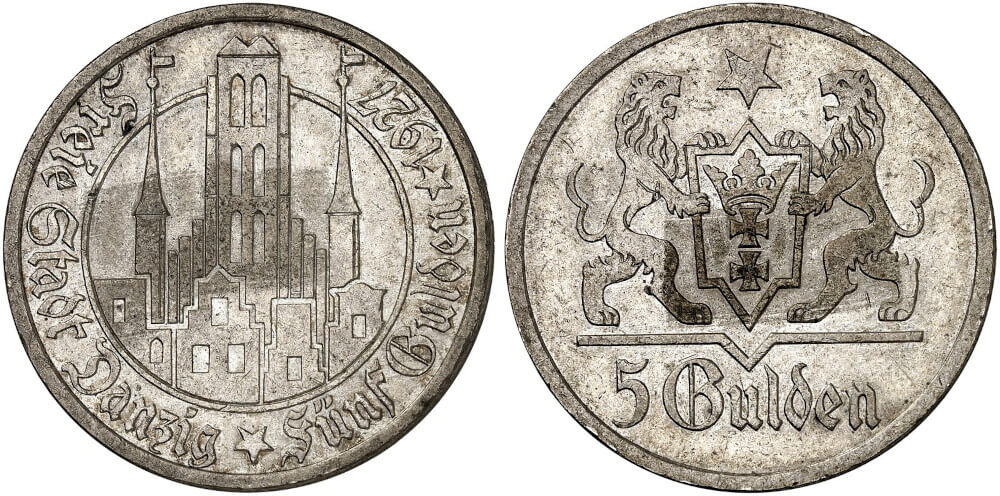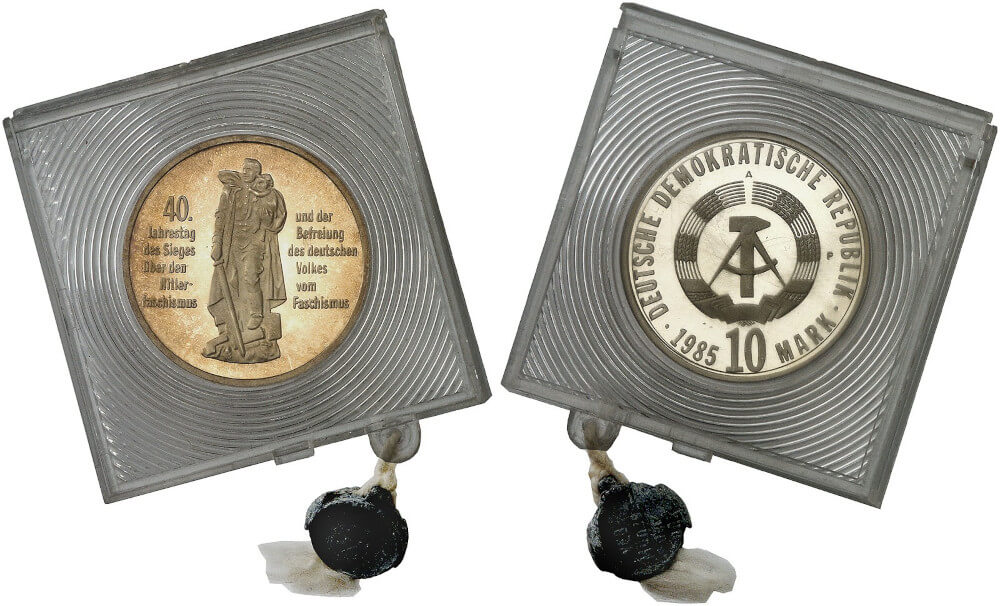Heidelberger Münzhandlung: Results of the May Auction Sales
Heidelberger Münzhandlung
Auction 88
13-15 May 2024
Coins
D-Heidelberg
When it comes to estimates, there are two fundamentally different approaches in the world of auction houses. Some say: the lower the starting price, the better. The auctioneer will definitely sell the piece, thus securing the premium; more bidders will participate; and the market will ensure that the price achieved is somewhat reasonable. Most auction houses follow this approach today.
Heidelberger Münzhandlung, however, is different: Herbert Grün takes great pride in appraising his pieces according to the market. In this way, he makes sure that consignors do not sell a coin below its value if there is only limited interest in the piece. And the interest of the consignor is always the most important thing for Heidelberger Münzhandlung.
Therefore, do not expect spectacular price increases or results in the six-figure range. Heidelberger Münzhandlung’s offer is not primarily aimed at investors but at traditional collectors, although some areas are certainly influenced by the foreign market. Here are some explanations on current trends.
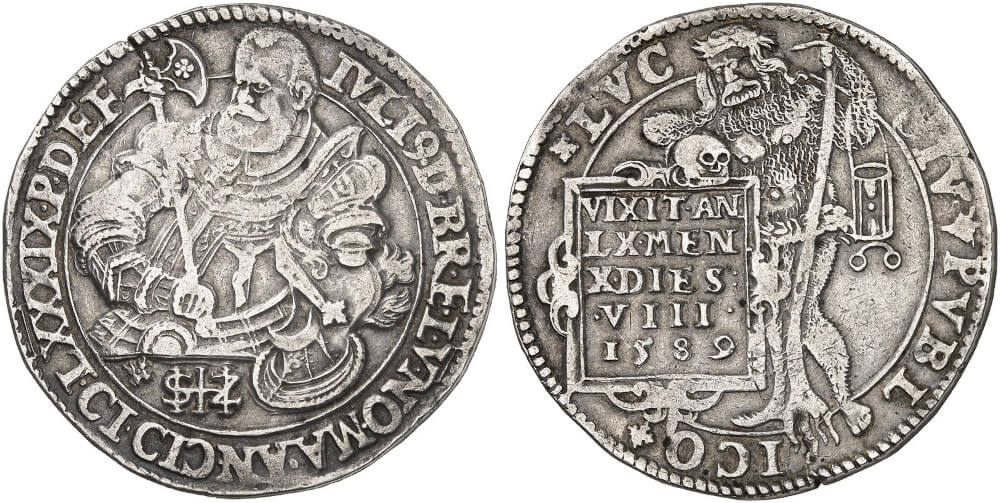
No. 54 – Brunswick-Wolfenbüttel. Julius, 1568-1589. 1589 taler, Wolfenbüttel, to commemorate his passing. Very fine. Estimate: 400 euros. Hammer price: 725 euros.
Special Collection Brunswick
Collectors know exactly how much they are prepared to spend on a special coin. Let us illustrate this with a specific example: an attractive taler that commemorates the death of Julius, Duke of Brunswick. The specimen has a minor planchet crack and is of very fine quality. This type is a little less common but can be found time and again – however, only on rare occasions can we see such a sharply minted piece. A bidder considered the coin worth 725 euros.
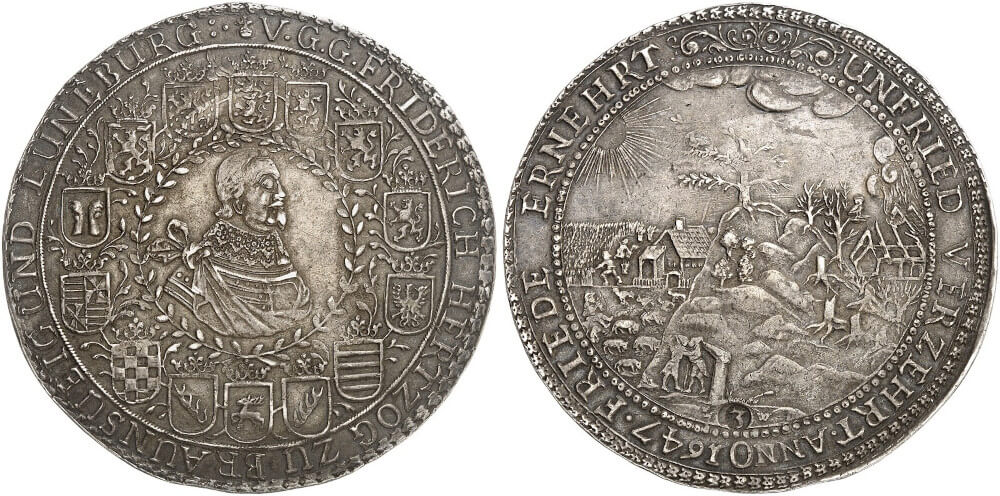
No. 370 – Brunswick-Lüneburg. Friedrich von Celle, 1636-1648. Löser of 3 talers, Clausthal, 1647. Very fine. Estimate: 4,500 euros. Hammer price: 6,100 euros.
Or this löser of 3 talers, minted in 1647 in Clausthal from the yield of the Harz mines. It is a rather common type. This specimen has minor scratches, is of very fine quality and has a beautiful patina. Therefore, it fetched far more than its estimate of 4,500 euros and realised a hammer price of 6,100 euros.
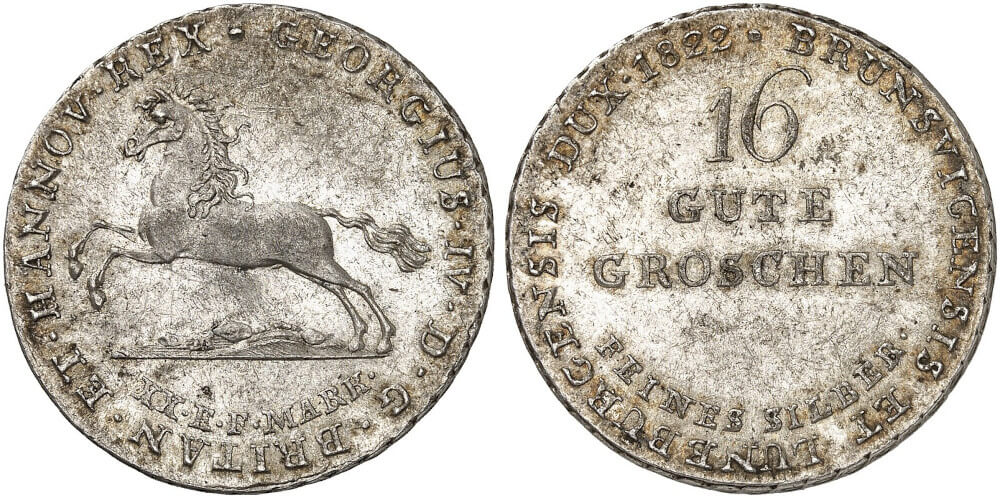
No. 641 – Kingdom of Hanover. George IV, 1820-1830. 16 gute groschen, 1822. Very fine to extremely fine. Estimate: 300 euros. Hammer price: 600 euros.
To round off this section, let us take a coin from the lower price segment – a very rare fractional piece. The 16 gute groschen piece minted in 1822 on behalf of George IV was of excellent quality. That is why a collector decided to bid twice the estimate: instead of 300 euros, the piece sold for 600 euros. A good purchase, although this coin is currently the most expensive specimen of this type that has ever been sold at auction. But it is also the specimen of the best quality out there – and pieces of excellent quality have consistently increased in value over the past years.
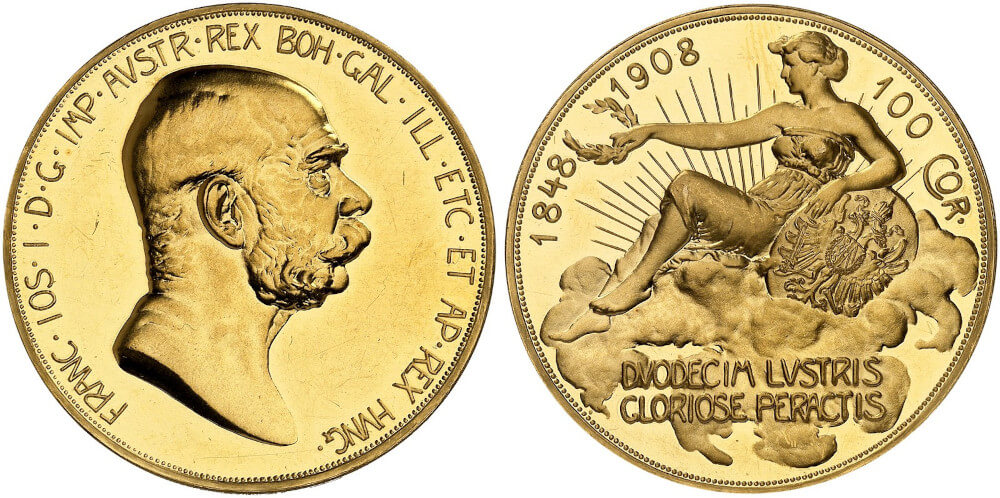
No. 1229 – Franz Joseph I. 100 kronen, 1908, Vienna. Proof. Estimate: 5,000 euros. Hammer price: 18,250 euros.
A New Interest in Austria
Austro-Hungarian gold coins minted under Emperor Franz Joseph currently demonstrate what can happen to a market when investors suddenly discover it. No ruler reigned longer or issued more coins than the ‘old Procházka’, as the people of Prague nicknamed him. According to minting records, there are exactly 16,026 specimens of the 100-kronen gold coins from 1908. This is not a small number. That is why these coins used to sell for about two to three times their material value. Then came the investors. US auctioneers dubbed the heavy coin type ‘The Lady in the Clouds’; more and more specimens were graded, and by now the best pieces fetch hammer prices in the mid-five-digit range. This has also caused the price of ungraded pieces to soar – at least if they have the potential to get a good grade. This is why the bidding war for the two Ladies in the Clouds at Heidelberger Münzhandlung did not end at their estimates of 4,000 and 5,000 euros but went on to hammer prices of 10,750 and 18,250 euros.
A similar phenomenon can be observed regarding an 8-gulden piece of 1891 and a 1898 ducat. By the way, while rim errors usually cause the price to decrease on the European market, they are not taken into account as much in US grading and therefore do not reduce the price significantly.
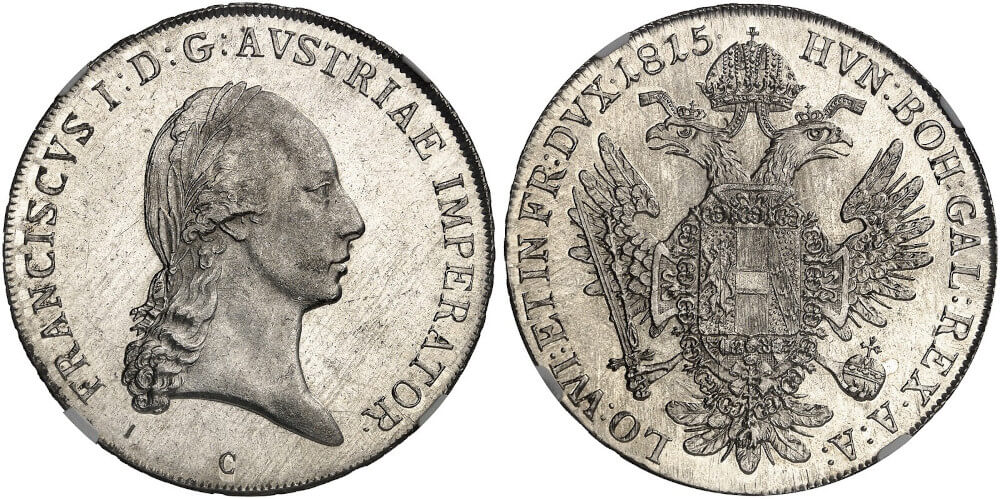
No. 1185 – Franz II (I). 1815 taler, Prague. NGC MS62. Extremely fine to FDC. Estimate: 150 euros. Hammer price: 625 euros.
By the way: the fact that the price of the 1815 taler with the portrait of Franz II has also sky-rocketed has less to do with investors than with the mint that created it. The piece was struck in Prague, and the Czech collector market is currently driving the prices of anything minted on Czech soil to unprecedented heights. Be it gold, silver or base metal! This is in stark contrast to investors, who prefer gold. It is therefore hardly surprising that the only specimen of this coin type that was sold at a higher price changed hands at a Czech auction sale.
When It Comes to Baden and the Palatinate
Heidelberg, now located in the Baden region, was for centuries the residence of the Counts Palatinate of the Rhine. So no prize for guessing that Herbert Grün’s clientele is particularly interested in coins from Baden and the Palatinate! This is clearly reflected in the results. The small 1747 1/4 ducat from Baden-Durlach achieved the second-highest result ever for this coin type. The rare 1701 Breslau ducat realised an impressive result of 12,000 euros. And a rare Weißpfennig from Palatinate-Zweibrücken-Veldenz sold for 450 euros, more than double its estimate of 200 euros.
German Empire
Let us take a look at the speciality of Heidelberger Münzhandlung: selected and rare coins of the German Empire and German issues after 1871. In this section, an 1875 pfennig minted in Darmstadt can well fetch 1,000 euros, making it the second-most expensive piece from this mint and this year ever sold at auction. The most expensive specimen was also sold by Heidelberger Münzhandlung – 9 years ago for 1,275 euros.
625 euros were achieved by the 20-pfennig piece minted in Dresden in 1873. The ‘modest’ price was due to the fact that it was ‘only’ of very fine + quality. But with this result it is still in the top ten, which is why Heidelberger Münzhandlung has now sold four of the ten most expensive 1873 E 20-pfennig pieces.
The fact that the German collector market is dominated by collectors and not by investors is demonstrated by the strong results of these two coins. While the price differences between almost very fine and FDC pieces are exorbitant regarding US coins, rare fractional pieces such as the 5-pfennig coin 1896 G or the 1/2 mark 1908 F of about very fine and very fine quality fetch around a third of the price that Proof pieces do realise. This means that there is still room for prices to go up – especially regarding the best-preserved pieces. And the Lady in the Clouds has just shown how quickly this can happen.
Congratulations are therefore in order to all those who bought coins of the German Empire of excellent quality, although they had to pay considerably more than the estimate.
Weimar, Danzig, GDR
By the way, with Weimar Republic issues we can already observe the early stages of this phenomenon. Common pieces jump in value as soon as they are of unusually excellent condition. As an example, we present the “Verfassungstreue” (loyalty to the constitution) commemorative coin of 1929.
German issues from Danzig, on the other hand, benefit from the strong Polish market.
Let us round off this review with the fact that those who bought rarities of contemporary coinage between the late 1980s and 11 September 2001 will at least get their money back – provided that they bought actual rarities. Gold material patterns of the GDR, for example, now regularly fetch low five-digit results – but only 266 pieces were created. As the amount of gold in the blanks varies depending on the batch, a distinction can also be made between coins in red, gold, yellow and white gold. The official certificate states that only 200 pieces were minted. And, of course, there is no indication of the gold alloy.
So if you are thinking about selling your own collection, make sure you get a quote from Heidelberger Münzhandlung. It could be worthwhile. Please contact Heidelberger Münzhandlung Herbert Grün, Gaisbergstr. 40, 69115 Heidelberg, Germany; phone: +49 / 6221 / 65 2970; fax: +49 / 6221 / 65 297-29; or by email.

















